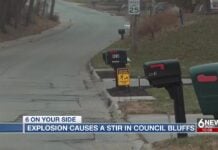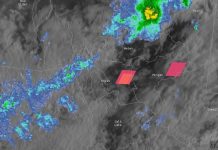Residents in the vicinity of Lake Seneca in the Catskill Mountains of New York have long known booming sounds as “Seneca guns” (a term also common throughout the coastal region of the Carolinas). This name has been variously attributed to the section in Washington Irving’s short story “Rip Van Winkle” (1819) that describes the ghosts of Henry Hudson’s crew playing nine pins in the Catskill Mountains, or to the short story “The Lake Gun” by James Fenimore Cooper (1851). Elsewhere, such sounds are known by a variety of names including “mistpouffers” (fog belches) in coastal Belgium, “Bansal guns” in the Ganges delta and the Bay of Bengal, “brontidi” (thunder-like) in the Italian Apennines (Gold and Sorter 1979), and “yan” by the people of Harami in Shikoku, Japan.
So What is the Origin of the Unexplained Booms and Shakings?
Determining the source of booming sounds becomes an exercise in the process of elimination beginning with a thorough search for common anthropogenic sources such as sonic booms, military exercises (of course the military can be reticent about some of its boom-producing exercises), construction or quarry blasting, etc.
Data from a local seismic network coupled with an array of acoustic infrasound sensors would quickly reveal whether the sounds were generated by local earthquakes (or in volcanic regions, explosive venting of a neighboring volcano).
An acoustic array would provide information on the direction and spectral character of atmosphere-borne sounds from remote sources.
Local geologic settings will of course narrow the possibilities.
In the absence of evidence for earthquake-generated sounds, the challenge becomes correlating the occurrence of booming sounds with plausible sources such as regional thunder storms; large waves breaking well off shore driven by major, mid-ocean storms; explosive offshore methane bursts; meteors; or perhaps strong winds stimulating local sand dunes into a booming mode.













